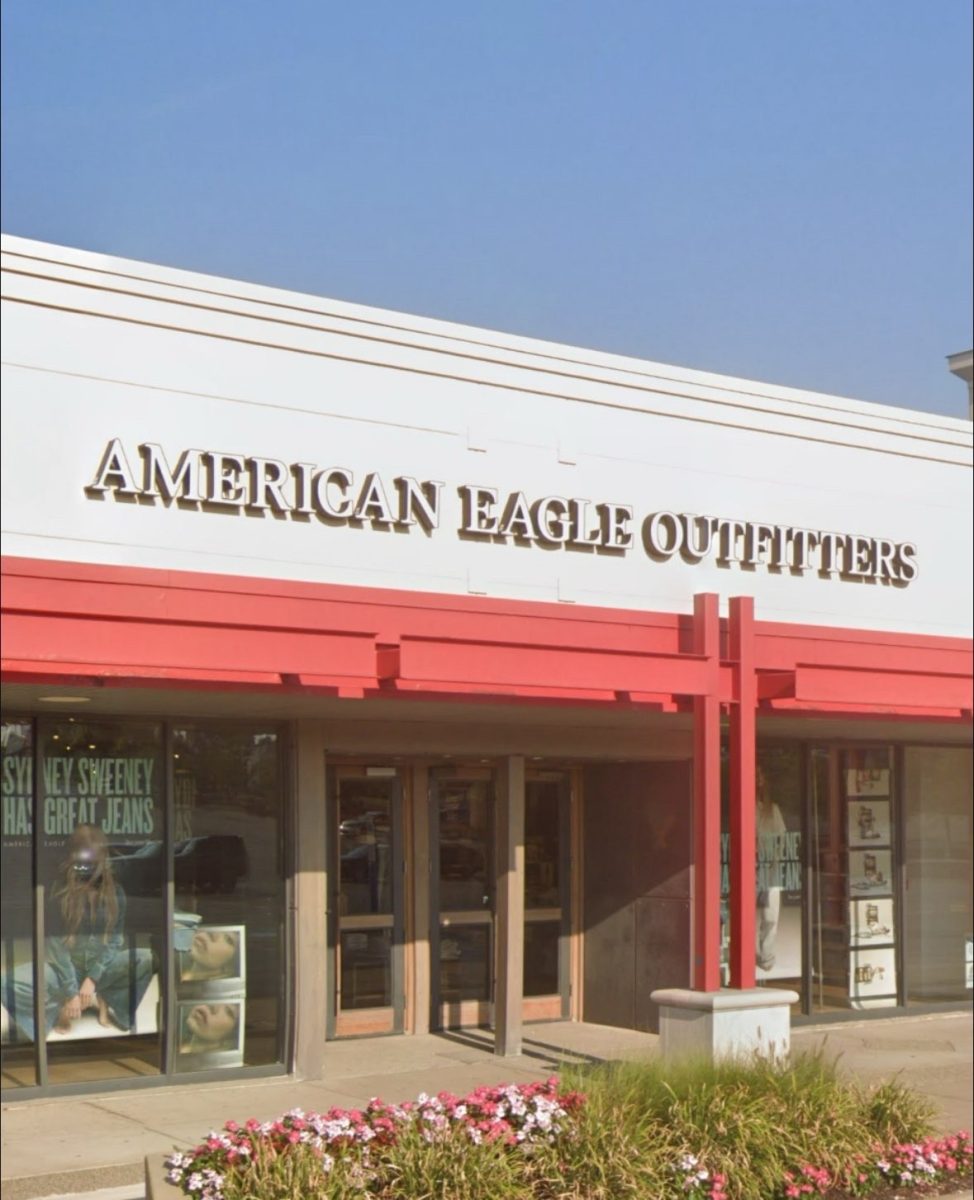Through the years, advertising has always pushed boundaries as a way to grab the attention of the target audience. Lately, the line between bold creativity and an offensive overstep is much harder to see. From iconic fashion campaigns of the past to social media drama unraveling more recently, controversial advertisements continue to trigger debates online. While companies often give the issue a quick apology and defend their choices as an artistic gamble, the audience is not always willing to accept that justification.
The controversy isn’t just in today’s society. For instance, in 1980, Brooke Shields was only 15 years old when she starred in a now-infamous Calvin Klein jeans commercial. As a minor, Shields was given a very suggestive script which left viewers shocked. “You want to know what comes between me and my Calvins? Nothing,” Shields said. Quickly, critics began accusing the brand of intentionally sexualizing a teenager. Calvin Klein, however, argued they were simply encouraging a “youthful, confident image.” Surprisingly, at this time, the backlash didn’t kill the campaign and instead gave a career-defining moment for not just the young actor but also Calvin Klein itself.
More recently, actress Sydney Sweeney has found herself in a similar situation. In July, a controversial ad with American Eagle was released, and viewers accused the brand of representing sexual undertones. At one point in the video, she was hunched over the front of a Ford GT350 in a tight-fitting, low-cut tank top and jeans as the camera followed behind her at a very suggestive angle. It was clear the ad was targeted towards American men who see the Ford Mustang as a dream car and Sweeney as a dream woman.
Other parts of this ad became much more blatant. In one part, the company had the actress buttoning up her jeans with only a revealing denim jacket to cover her upper body.
“Genes are passed down from parents to offspring, often determining traits such as hair color, personality and even eye color. My jeans/genes are blue,” Sweeney said. Since she holds such a large public presence, many noticed that in the advertisement, she held a very sexual tone that had clear differences from her casual speaking voice, which added to the criticism.
Some believe the campaign’s wordplay with “genes” and “jeans” carries an unsettling undertone. With the repeated emphasis on genetics and the slogan “Sydney Sweeney has great jeans/genes,” many have been criticizing the ad for hinting at eugenics. While it may not have been intentional, the idea about fashion marketing and “superior traits” stuck with many viewers as tone-deaf and disturbing. Instead of the wordplay being seen as light-hearted, it is now being perceived as insensitive due to the dark history behind it.
The Shields and Sweeney controversies are just two examples in a long list of problematic advertising that sparks great debate each year. Some other infamous cases include Burger King’s “women belong in the kitchen” tweet in 2021, Dove’s body wash ad with an African American woman removing her shirt, with it transitioning to a white woman being underneath, and the recent AI-generated Coke-A-Cola ad. This one was especially disappointing to viewers because of the brand’s past iconic holiday ads.
These examples highlight large companies not even putting a second thought into their campaigning. They know all it takes to solve the situation is a generic corporate apology and a few weeks for something else more shocking to shove it under the rug.
The reason these advertisements are so debatable is that they allude to deeper issues. While it may not be the company’s intent to bring these tough subjects—such as politics, gender, race or power—into debate, in today’s society, people have created a large basis of debating, and people are struggling to find a middle ground. They often only see their own viewpoints as correct and do not want to accept others. A single image or slogan can be so greatly analyzed and bring up years of cultural tension. Brands sometimes use the controversy to their advantage because, for them, no publicity is bad publicity. As long as one’s name is in the press, they are still relevant and will most likely be able to bounce back when everyone finds something else to stress over.
These ads bring up an important question: how far is too far? With the Shields controversy, she was just a child being put into the fantasized role for many. Since she was already sexualized from her starring role in the movie “The Blue Lagoon” earlier that year, people were already imagining her in that light. In this film, she was still a minor but was shown with very suggestive adolescent nudity.
Even if people continue to give their facts and opinions as to why some controversial advertising is taken too far, these ads will continue to be put out each year. The basic fact is, controversy works. Companies know they can bait people into talking about them, even if it means crossing a few lines along the way.



